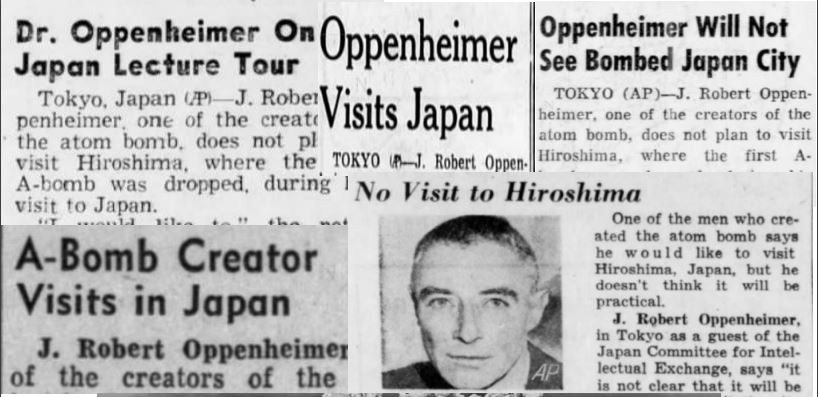No products in the cart.
Oppenheimer’s Evolution: Navigating Controversy and Crafting Cultural Understanding
Introduction:
In the realm of cinema, controversies often overshadow a film’s release. The recent uproar surrounding “Oppenheimer” in Japan, initially dubbed ‘Barbenheimer,’ has unfolded as a compelling cinematic saga. The film, delving into historical events, faced criticism for its portrayal of certain figures. Now, after responding to the backlash with adaptive changes, “Oppenheimer” is set to premiere in Japan. This journey sheds light on the delicate balance between artistic expression, cultural considerations, and the dynamic landscape of international cinema.
The ‘Barbenheimer’ Backlash:
“Oppenheimer,” initially celebrated, ignited controversy upon release, earning the derisive moniker ‘Barbenheimer.’ This term, mocking the film’s portrayal of historical figures, prompted discussions on artistic freedom and global perspectives on history.
Adaptation and Cultural Sensitivities:
In response to the ‘Barbenheimer’ criticism, filmmakers took a bold step – adaptation. Recognizing cultural sensitivities and the necessity for more thoughtful storytelling, they made adjustments to certain scenes and character portrayals. This move demonstrated a commitment to addressing concerns and highlighted how filmmaking can respond to cultural critique.

Cinematic Redemption:
As “Oppenheimer” prepares for its Japanese release, the journey from ‘Barbenheimer’ to eager anticipation is a significant turnaround. The film’s transformation from mockery to anticipation reflects the power of adaptation, understanding, and a shared commitment to meaningful storytelling. This showcases that cinematic redemption transcends the film’s success, symbolizing the triumph of dialogue and understanding in the evolving world of global cinema.
The Changing World of International Cinema:
The ‘Barbenheimer’ saga prompts contemplation on the evolving landscape of international cinema. As films traverse cultural boundaries, open discussions about representation, historical accuracy, and cultural nuances become increasingly crucial. “Oppenheimer’s” journey becomes emblematic of this broader conversation, illustrating that cinema’s impact extends beyond the screen, influencing perceptions, and sparking important conversations.
Conclusion:
“Oppenheimer’s” imminent release in Japan marks a pivotal juncture in its cinematic trajectory. From initial controversy to adaptation and now anticipation, the film reveals the intricate dance between artistic expression and cultural considerations. As audiences gear up to experience the film, one thing is evident – the power of cinema lies not only in storytelling but also in its ability to foster understanding and bridge cultural divides, creating space for diverse narratives to be heard and appreciated.









